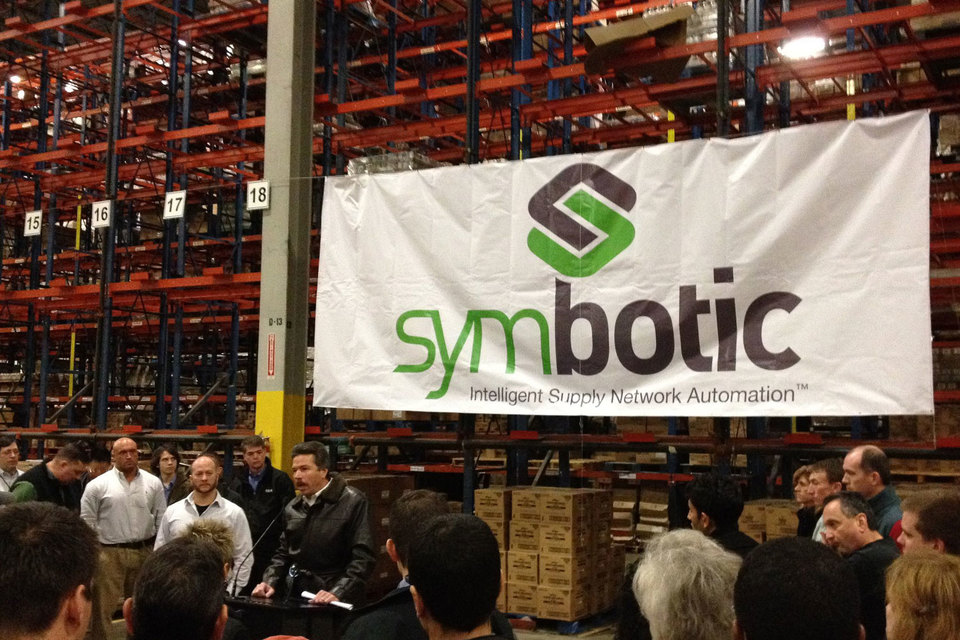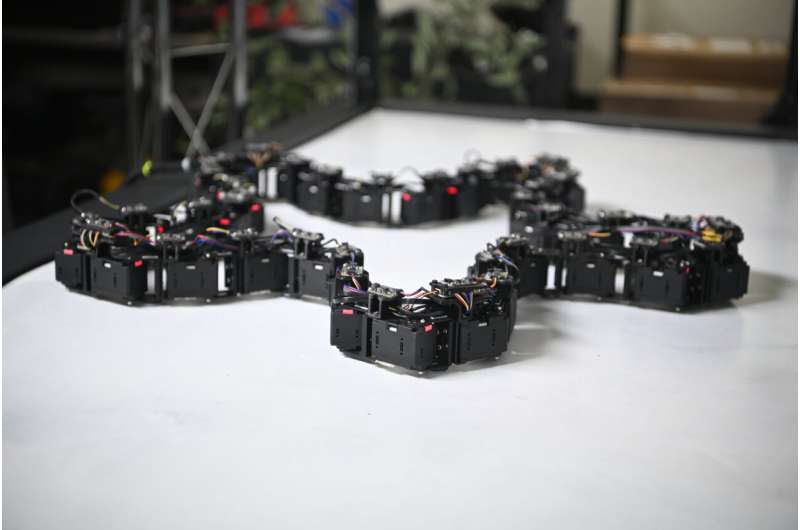Researchers at the University of Kansas have developed a specialized AI text detector that can reliably identify scientific articles generated by ChatGPT. In initial tests analyzing chemistry papers, the machine learning-based tool significantly outperformed leading alternatives like ZeroGPT.
As AI becomes capable of producing seemingly authentic academic writing, concerns grow around ethics and plagiarism. To combat AI-generated content in journals and submissions, Dr. Bruyer Deser's team created a detector that studies subtle stylistic differences like sentence length, word choice patterns, and punctuation use.
The detector was trained on 100 human-written chemistry paper introductions from the American Chemical Society, then tested on 200 ChatGPT-generated intros. It achieved 100% accuracy identifying titles only provided to ChatGPT and 98% accuracy when abstracts were given as prompts.
In comparative testing, OpenAI's official detector managed just 10-55% accuracy on the samples, while ZeroGPT ranged from 35-65%. The researchers believe specialized tools tuned to specific fields will far outperform general detectors.
Once an effective methodology is proven in one domain, it can be readily adapted to others by retraining on field-specific writing. The chemistry detector showcases the viability of this approach.
"It would be better to have detectors specialized in certain fields rather than universal detectors," explained Deser. "Specialized detectors can be trained on the nuanced writing style of that field."
As AI text generation advances, developing robust detectors for research fields will be critical to preserving integrity. By combining machine learning with insights into a discipline's unique language, more reliable protections can be created.
The University of Kansas team's focused, superior results demonstrate the power of tailored detectors. Their work provides a blueprint for guarding against AI plagiarism in peer review and academia as technology marches forward.


















